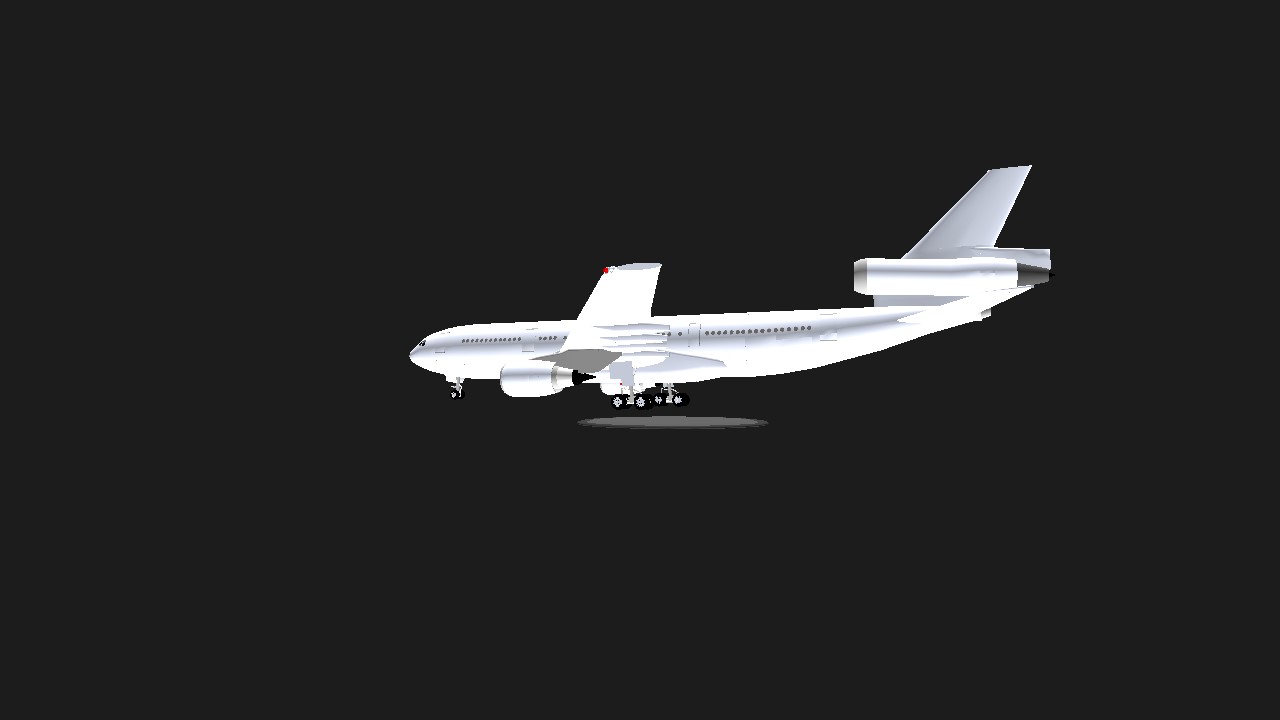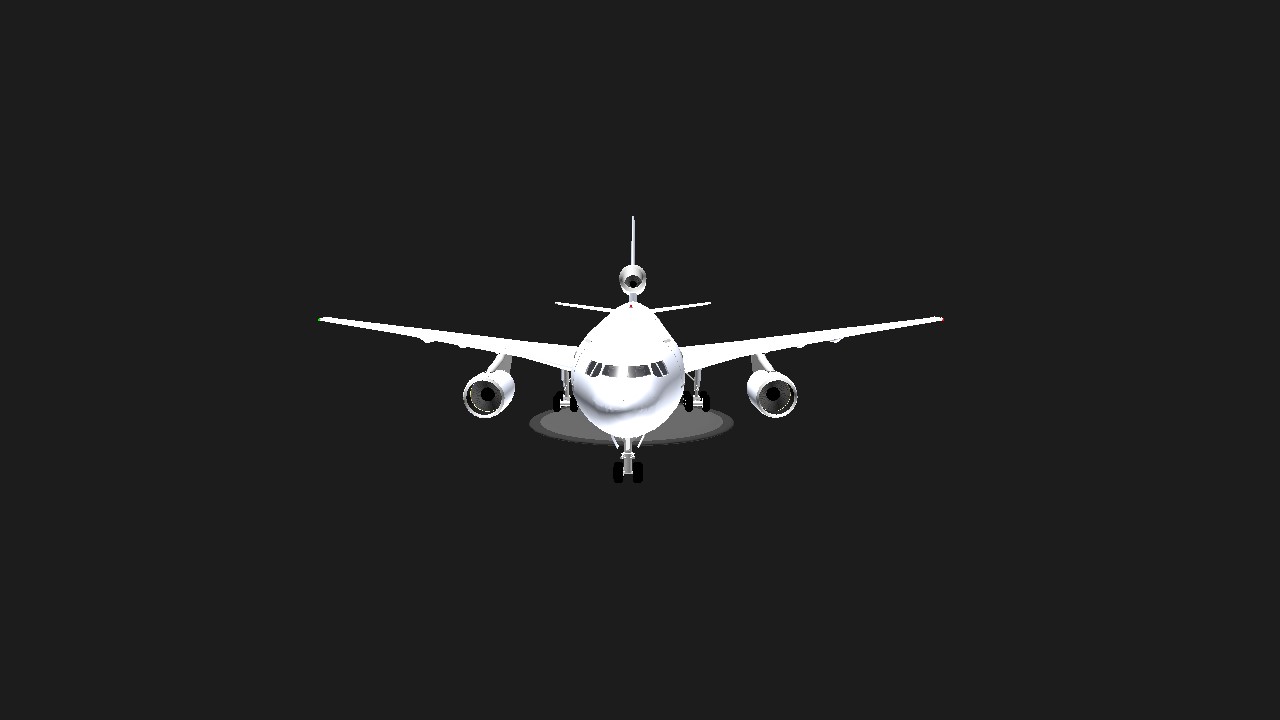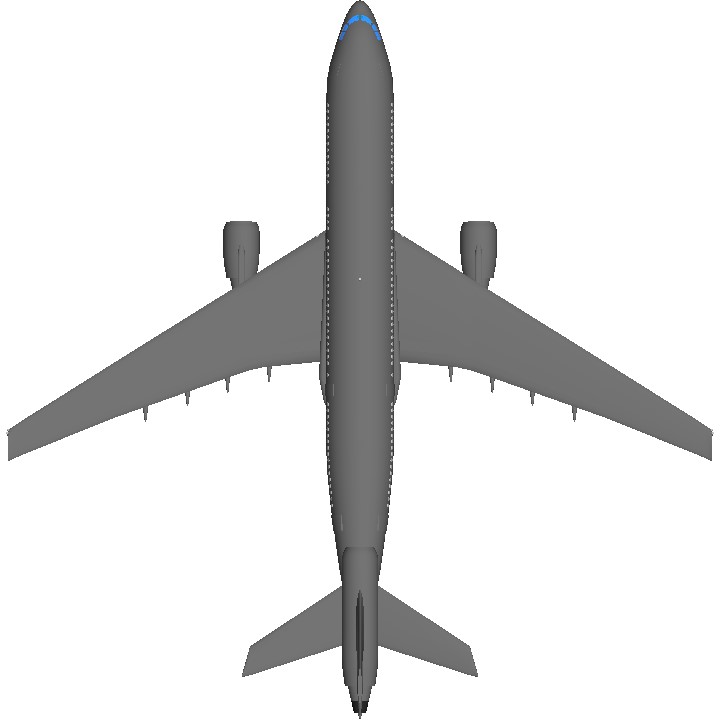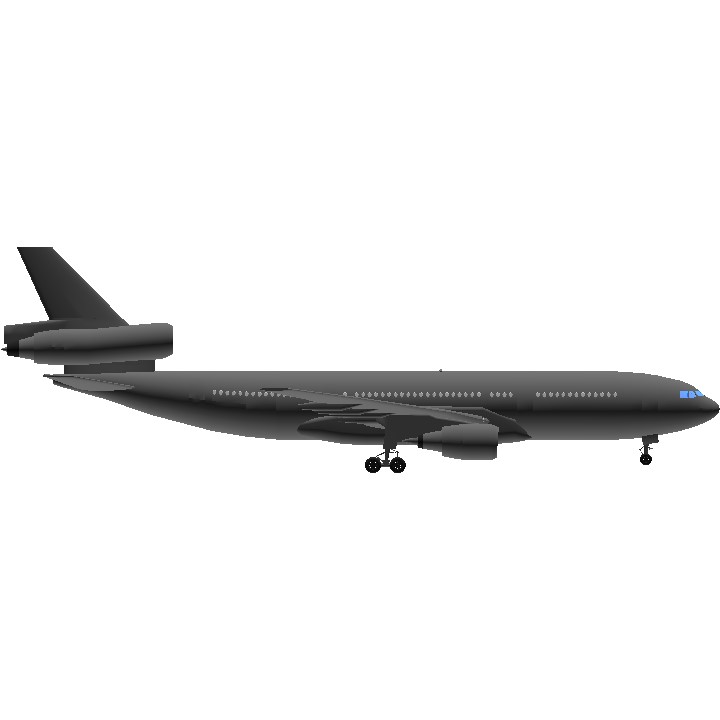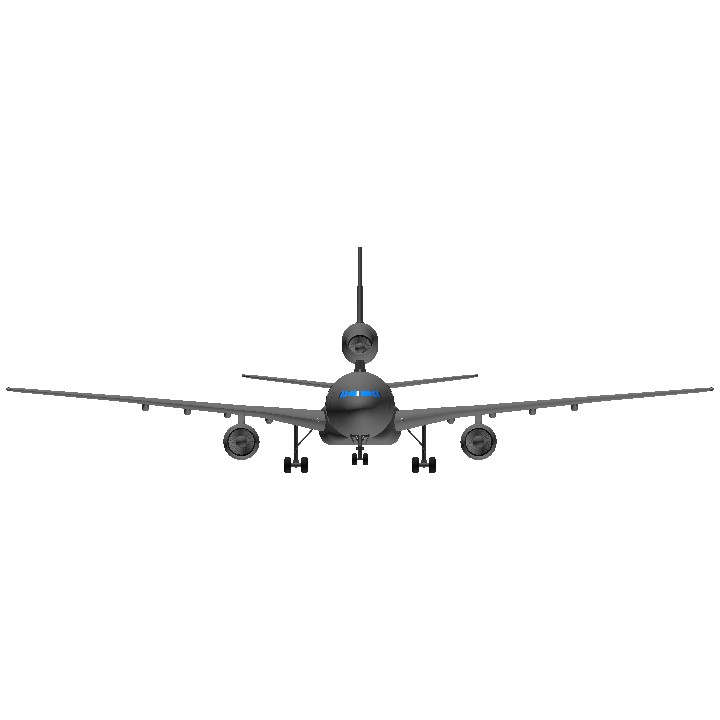No Tags
Auto Credit Based on FeiGe3's Airbus A340-200 (The Shortest Length Aircraft In The A340 Family)
- Manufacturer: McDonnell Douglas * Type: Trijet wide-body airliner * Role: Medium to long-range passenger transport * Production: 1970-1979 * Notable Features: * Distinctive trijet configuration with two engines under the wings and one at the base of the tail. * Spacious twin-aisle cabin with typical seating for 270 passengers in two classes. * Large cargo hold capable of carrying containers and bulk cargo. * Long range for transcontinental and intercontinental flights.Specifications (DC-10-10): * Length: 181 ft 5 in (55.3 m) * Wingspan: 155 ft 4 in (47.3 m) * Height: 59 ft 3 in (18.1 m) * Maximum takeoff weight: 410,000 lb (186,000 kg) * Range: 3,500 nautical miles (6,500 km) * Cruising speed: 525 mph (845 km/h) * Engines: Three General Electric CF6-50C2 turbofan engines, each producing 52,500 lbf (234 kN) of thrustImages:History: * Development: The DC-10 was designed to succeed the DC-8 for long-range flights. It was introduced in 1971 by American Airlines. * Success and Challenges: The DC-10 became a popular choice for airlines seeking a wide-body aircraft with a smaller capacity than the Boeing 747. However, it faced several challenges, including a series of high-profile crashes that raised safety concerns. * Legacy: Despite the challenges, the DC-10 remains a significant aircraft in aviation history. It served as a benchmark for trijet wide-body airliners and paved the way for future developments in the industry.Additional Information: * Variants: Several variants of the DC-10 were produced, including the DC-10-15, DC-10-30, and DC-10-40. * Retirement: Many DC-10s have been retired from service due to age and the introduction of newer, more fuel-efficient aircraft. However, a few DC-10s remain in operation with cargo airlines. * Legacy: The DC-10's legacy is complex. It has been praised for its efficiency and reliability, but also criticized for its safety record. Despite the challenges, the DC-10 remains a significant aircraft in aviation history.
Specifications
General Characteristics
- Predecessor Airbus A340-200 (The Shortest Length Aircraft In The A340 Family)
- Successors 1 airplane(s)
- Created On Android
- Wingspan 191.5ft (58.4m)
- Length 194.6ft (59.3m)
- Height 61.2ft (18.7m)
- Empty Weight N/A
- Loaded Weight 139,172lbs (63,127kg)
Performance
- Power/Weight Ratio 0.97
- Horse Power/Weight Ratio 0.129
- Wing Loading 31.1lbs/ft2 (151.8kg/m2)
- Wing Area 4,475.1ft2 (415.8m2)
- Drag Points 2497
Parts
- Number of Parts 503
- Control Surfaces 9
- Performance Cost 3,445


